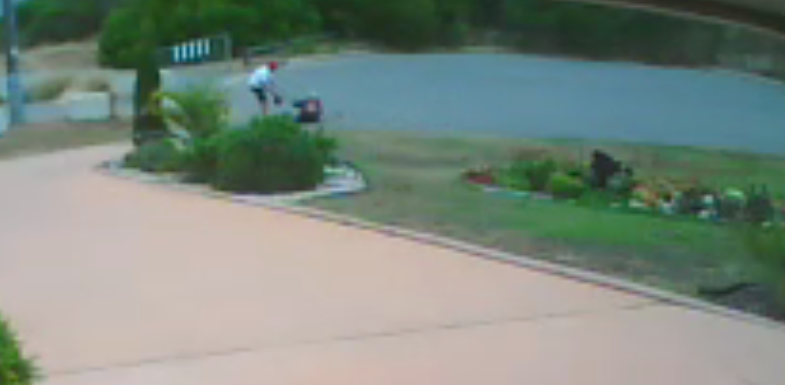Flashback: Criminal neighbours
At 16 I realised I had reached the pinnacle of all wisdom and left home to live with a friend.
This "friend" unfortunately enjoyed chronic amounts of marijuana.
We also happened to reside a few doors down from some folk who enjoyed drugs and living differently.
Due to the presence of weed at our place, these delightful neighbours decided to befriend us. There wasn't really much choice on our part as to the depth of the relationship.
I got to know these individuals and tried and find out what made them tick. Here's a few interesting things that etched themselves into my memory.
They used to get dressed up and "go to work"
That's what they called it. They would actually decide "today we're going to go and do a bunch of break and enters." They called them B and E's because that sounded cool. They would put on the nicest clothes they had, do their hair, and venture out into the suburbs to see what loot they could find. And they called it going to work.
They didn't have a job, and they didn't want a job
Each morning I would get up, get dressed and walk to my job at a pet shop where I would clean up animal feces, serve impatient customers, and be on my feet for around 9 hours before walking home, all for about $400 a week.
I distinctly remember my conversation with one of these neighbours who was laughing at my decision to go to work each day.
Me: "Don't you want a job?"
Him: "Why would I want a job? I get money for free!" he said half laughing. "And if I need any more we can do some B & E's."
Me: "Don't you have to look for work in order to get the dole?"
Him: "All you have to do is get the yellow pages and pick some business names and write down their phone numbers."
They knew what to do if they got caught
These guys didn't just rob the odd house on occasion. They had all robbed HUNDREDS AND HUNDREDS of homes. Another of the neighbours shared some tips with me about how to avoid jail.
"Just don't say anything. Deny it. It doesn't matter if the cops catch you, just deny it. They have to prove it and they usually can't. I've got mates who have gone to jail but it's because they talked to the cops."









































